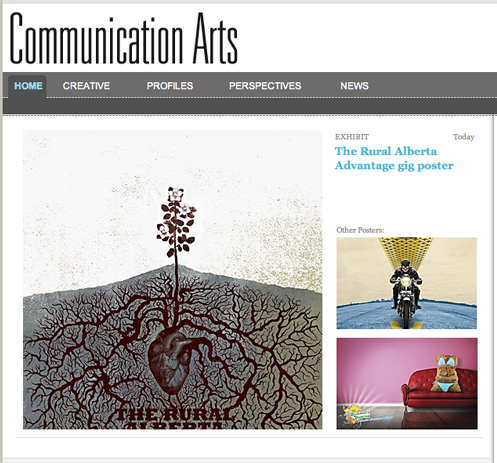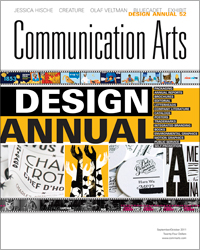Art and music are key to student improvement. Many of these models are primarily based on new findings in mind research and cognitive development, and they embrace quite a lot of approaches: utilizing the humanities as a studying device (for instance, musical notes to show fractions); incorporating arts into other core courses (writing and performing a play about, say, slavery); creating a school atmosphere rich in arts and culture (Mozart in the hallways on daily basis) and hands-on arts instruction.
With former Harvard Educational Evaluate board member Laura Edwards he co-edited a particular HER arts-schooling subject, Expanding Our Imaginative and prescient for the Arts in Training (Cambridge, Mass: Harvard Education Publishing Group, 2013), that featured work by AIE grads Rubén A. Gaztambide-Fernández, Ed.M.’02; Marit Dewhurst, Ed.M.’03; Lauren M. Jobson-Ahmed, Nicholas Monzi, and Sara Straubel, all Ed.M.’thirteen; AIE college director Steve Seidel; and AIE program administrator Scott Ruescher.
Practically each faculty now offers not less than some arts instruction and cultural programming, but in 2007-08, only forty five {3e3a6451b0a5539ea575ad5d5ea5142b91d1c0c9dee0e769852e236180a81c73} of elementary schools and 33 percent of middle faculties offered training in all 4 required art forms, according to an analysis by the New York Metropolis Division of Education , and only …


